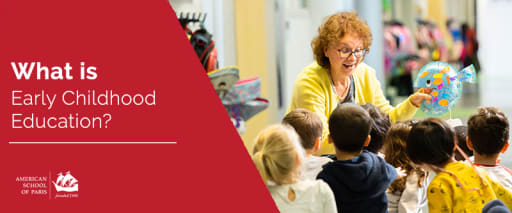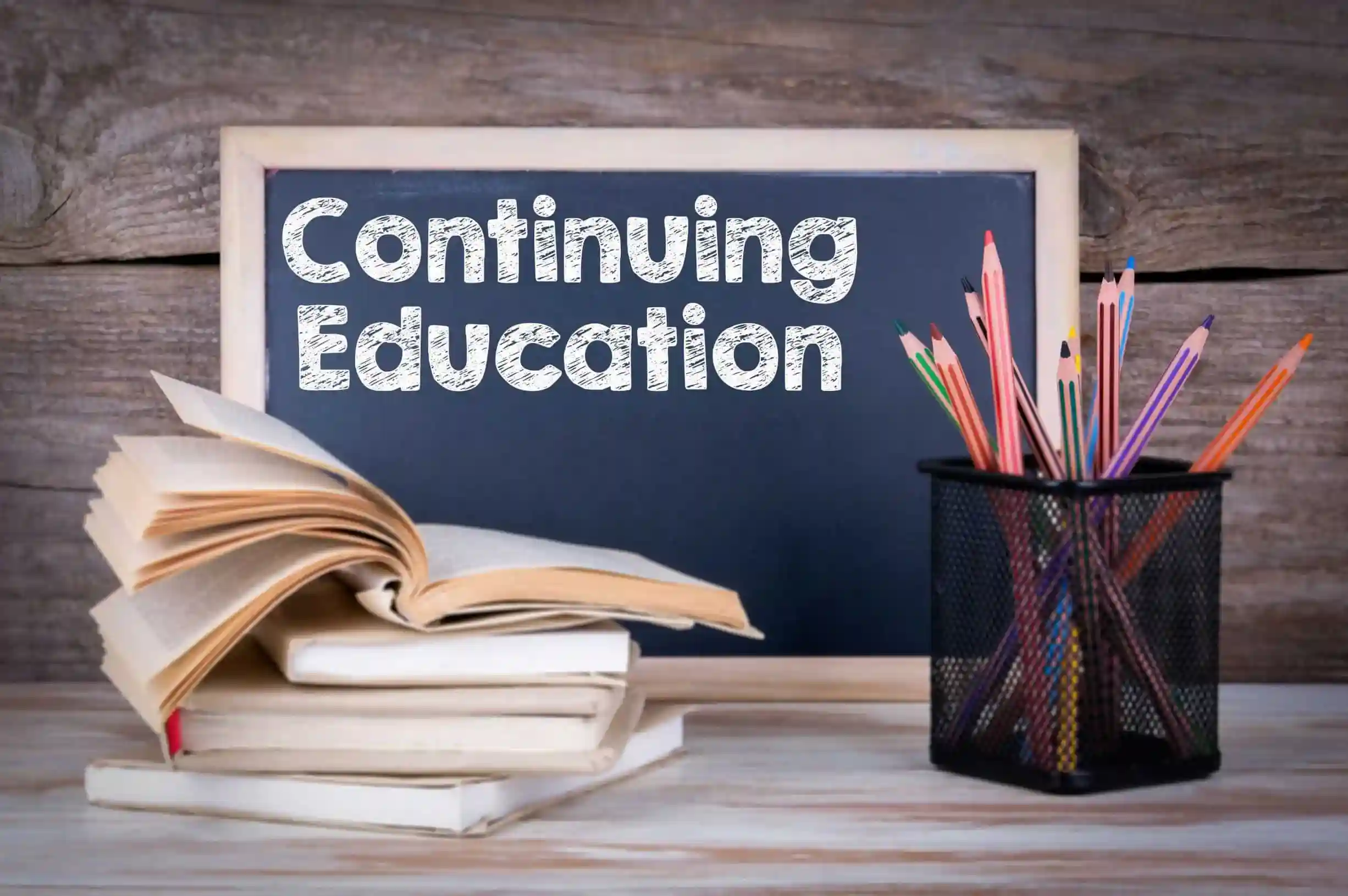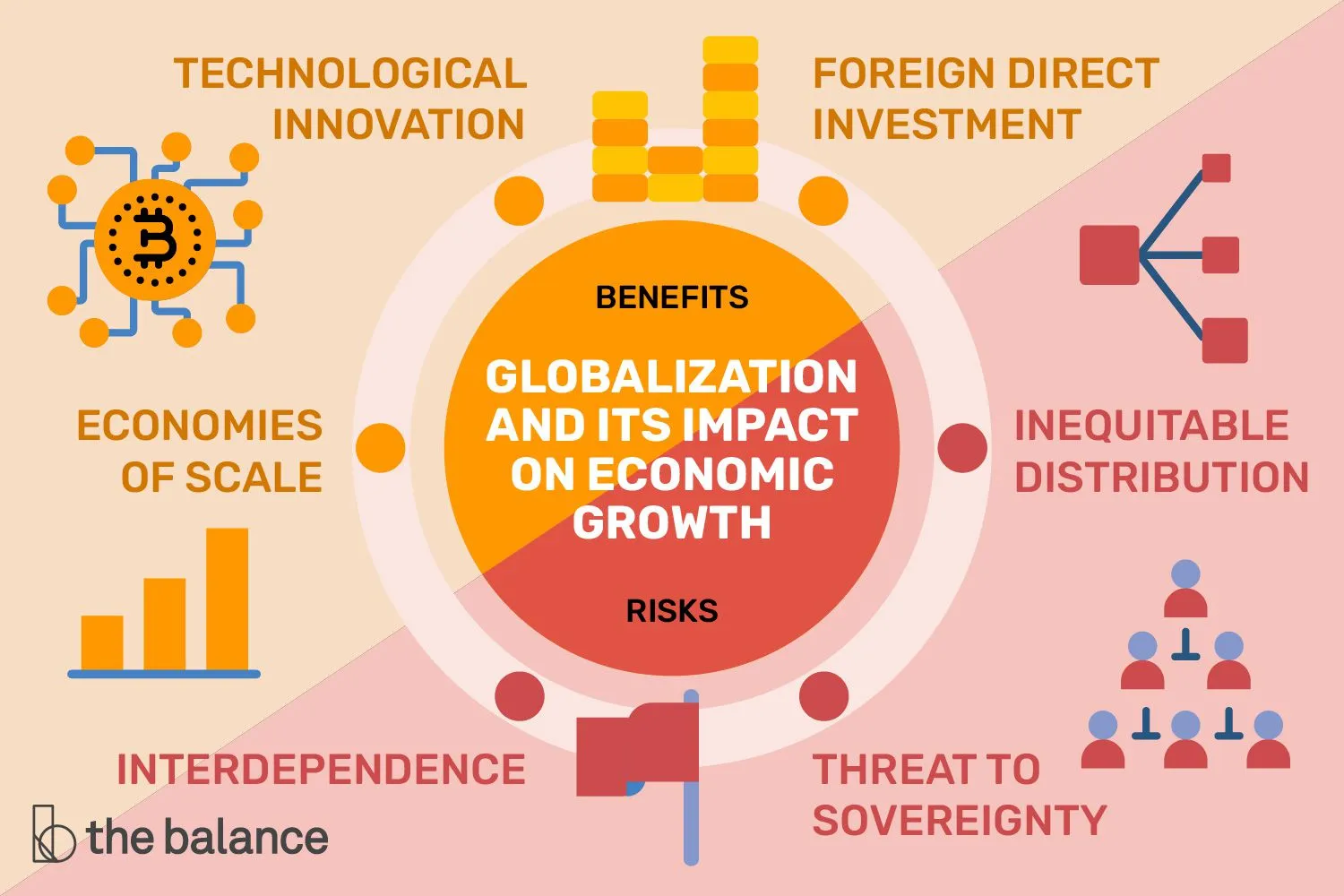The Rise of Driverless Bus Technology
Mia Wilson

Photo: The Rise of Driverless Bus Technology
Public transportation is on the brink of a revolution, driven by advancements in autonomous technology. Among the most promising developments is the rise of driverless bus technology, which promises to reshape urban mobility, enhance efficiency, and improve passenger experiences. This article delves into the emergence of driverless buses, examining their evolution, benefits, challenges, and the future landscape of public transportation.
The Evolution of Driverless Technology in Transportation
From Concept to Reality
The idea of autonomous vehicles has fascinated engineers and visionaries for decades. Early concepts appeared in science fiction, but recent technological breakthroughs have turned these ideas into tangible realities. Driverless buses represent a significant milestone in this journey, integrating sophisticated sensors, artificial intelligence (AI), and machine learning to navigate complex urban environments without human intervention.
Milestones in Autonomous Public Transport
Several key developments have paved the way for driverless buses. Companies like Navya, EasyMile, and Tesla have pioneered autonomous shuttle services in cities around the world. These pilot programs have demonstrated the feasibility of self-driving buses, offering valuable insights into their operation, safety, and public acceptance.
Current State of Driverless Bus Technology
Technological Foundations
Driverless buses rely on a combination of technologies to function seamlessly. Lidar and radar systems provide real-time data about the vehicle's surroundings, while GPS and mapping software ensure accurate navigation. AI algorithms process this information, making split-second decisions to handle traffic, obstacles, and passenger interactions.
Deployment and Testing
Today, autonomous buses are deployed in various environments, from controlled campuses to busy urban streets. Cities like Singapore, Helsinki, and Las Vegas have launched successful trials, showcasing the potential of driverless buses to enhance public transport networks. These deployments focus on optimizing routes, reducing operational costs, and improving accessibility for passengers.
Benefits of Driverless Buses
Enhanced Safety
One of the primary advantages of driverless buses is the potential for increased safety. Human error is a leading cause of traffic accidents, and autonomous systems can mitigate this risk by adhering strictly to traffic rules, maintaining consistent speeds, and reacting swiftly to unexpected hazards. Advanced sensors and AI enable driverless buses to detect and avoid obstacles more efficiently than human drivers.
Increased Efficiency and Cost Savings
Driverless buses can operate with higher efficiency, reducing operational costs for transit authorities. Automated systems optimize routes and schedules based on real-time data, minimizing delays and improving reliability. Additionally, the elimination of driver salaries and benefits contributes to significant long-term savings.
Improved Accessibility and Convenience
Autonomous buses can enhance accessibility for individuals with disabilities, the elderly, and those unable to drive. Features such as voice-activated controls, real-time tracking, and seamless integration with other transportation modes make public transit more user-friendly and inclusive.
Challenges and Concerns
Technological Limitations
Despite significant advancements, driverless bus technology still faces several technical challenges. Navigating complex traffic scenarios, adverse weather conditions, and unpredictable pedestrian behavior requires continuous refinement of AI algorithms and sensor accuracy. Ensuring robust performance in diverse environments remains a critical hurdle.
Regulatory and Legal Issues
The deployment of autonomous buses involves navigating a complex regulatory landscape. Governments and transit authorities must establish clear guidelines regarding safety standards, liability, and data privacy. The absence of comprehensive regulations can impede the widespread adoption of driverless buses.
Public Acceptance and Trust
Gaining public trust is essential for the success of driverless bus technology. Concerns about safety, job displacement for drivers, and the reliability of autonomous systems can hinder acceptance. Transparent communication, rigorous safety testing, and demonstrated reliability are crucial to overcoming these barriers.
Future Prospects: What’s Next for Driverless Buses
Integration with Smart Cities
Driverless buses are poised to play a pivotal role in the development of smart cities. By integrating with other smart infrastructure, such as traffic management systems and IoT devices, autonomous buses can contribute to more efficient and sustainable urban environments. Real-time data sharing and adaptive routing will enhance overall city mobility.
Technological Advancements
The future of driverless buses will be shaped by ongoing technological innovations. Advances in AI, machine learning, and sensor technology will improve the autonomy and reliability of these vehicles. Additionally, developments in battery technology and energy management will enhance the sustainability and operational range of electric autonomous buses.
Expansion of Autonomous Transit Networks
As technology matures and regulatory frameworks evolve, driverless buses are expected to expand beyond pilot programs to become a staple of public transportation networks. This expansion will involve collaboration between governments, private companies, and urban planners to design and implement comprehensive autonomous transit systems.
Conclusion
The rise of driverless bus technology marks a transformative era in public transportation. By enhancing safety, efficiency, and accessibility, autonomous buses offer a promising solution to the challenges faced by traditional transit systems. While technological, regulatory, and societal hurdles remain, the continued evolution of driverless technology and increasing public acceptance pave the way for a future where autonomous buses are an integral part of urban mobility. As cities strive for smarter, more sustainable transportation solutions, driverless buses are set to play a crucial role in shaping the cities of tomorrow.
For You
View AllSolo doesn’t mean lonely! Learn the best ways to meet people and build connections during your solo adventures.
Mia Wilson
Explore how AI is revolutionizing healthcare and improving patient outcomes.
Mia Wilson
Learn what international trade is and why it’s essential for global economies. Click for an engaging overview!
Mia Wilson
Avoid these 7 common solo travel mistakes to ensure your trip is smooth, safe, and filled with unforgettable experiences.
Mia Wilson
Learn essential defensive driving tips to stay safe and avoid accidents. Master the skills for a safer driving experience today!
Mia Wilson
Learn how globalization impacts economies worldwide, from trade to employment. Click for a balanced analysis!
Mia Wilson
Education
View All
April 22, 2025
What Is Early Childhood Education?
Explore early childhood education, its benefits, and how it shapes a child’s future. Start building strong foundations!

May 6, 2025
What Can You Do With a Master’s in Education?
Explore the career opportunities and advancements possible with a master’s in education. Take the next step today!

April 27, 2025
What Is Continuing Education?
Understand continuing education, its benefits, and how it boosts career growth and lifelong learning. Learn more!





